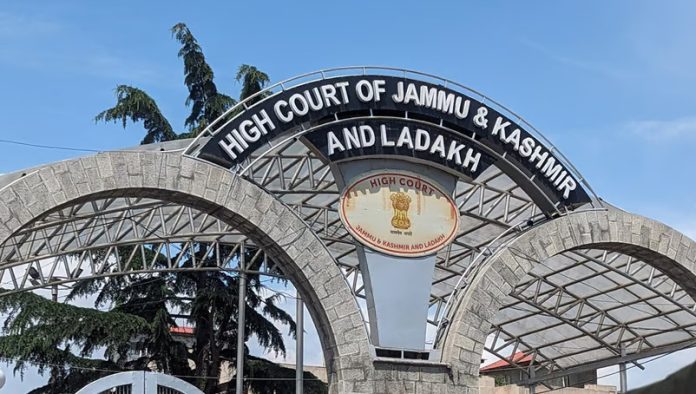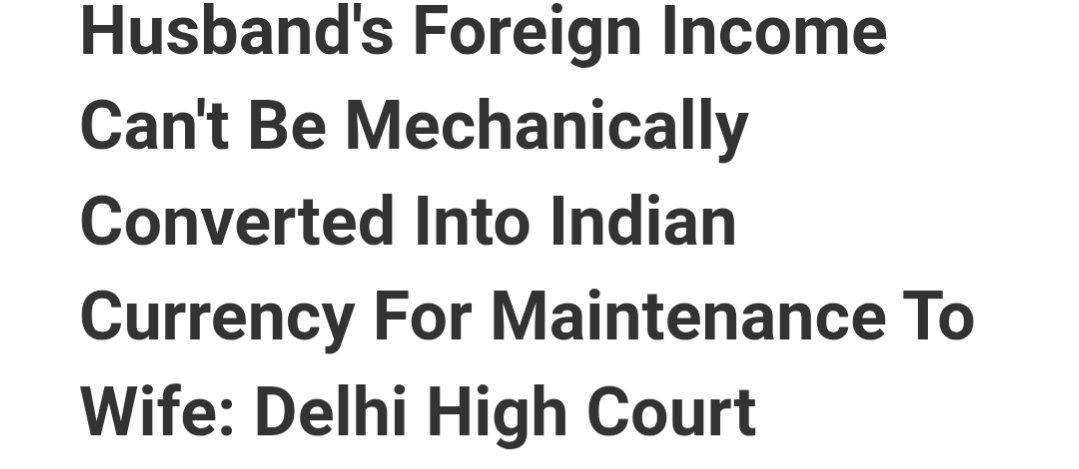Pratt, J.@mdashOn this application, the first point that arises is one of limitation. u/s 10(a) the application must be made within nine months of the date when the plaintiff obtains possession. The application ought, therefore, to have been made on or before September 30, 1922, The motion, however, was not made till four days later, i.e., October 4, 19221 Mr. Taleyarkhan contends that the application is in time, because notice of motion was given on August 25, 1922, returnable on August. 31, 1922, and that a copy of that notice of motion was lodged with the Prothonotary as required by r. 322 on; the day on which it was given, that is, on August 25, 1922. He contends that that is the clay from which limitation should'' run, and that the mere fact that the notice of motion was not brought on was due to the Solicitor''s impression that as the Rent Suit Judge was not sitting on Original Side, the bringing on of the motion might be deferred. That is of course a mistake, for the motion could have been brought on before any Judge. But the real point is whether the date on which the copy of the notice of motion was lodged with the Prothonotary should be taken as the date of the application or the date on which the motion was brought on in Court. On this point, I feel no hesitation in deciding that the date of the application is the date on which the motion was brought on. It is only when the motion is brought on that an application can be said to be made to the Court. The notice of motion is not a proceeding in Court; it is merely an expression of an intention to apply to the Court given to the other party for his information. Similarly the copy of the notice of motion lodged with the Prothonotary does not amount to an application; it is only an intimation to the Court that an application is intended to be made. I am fortified in this construction of the rule by the case of Hinga Bibee v. Munna Bibee 31 C. 150 : 8 C.W.N. 97.
2. Mr. Taleyarkhan draws my attention to the case of Kuttayan Chatty v Ellappa Chetty 17 M.L.J. 215. There the plaintiff''s Vakil applied to the Registrar for an issue of the notice of motion according to the sales of that Court and a notice of motion was accordingly issued by the Registrar. The Madras High Court held that the date of the application to the Registrar for the issue of the notice of motion was the terminus a quo for the purpose of limitation. But the distinction is obvious, for under the Madras High Court''s Rules, it is the Court that issues notice of motion. Therefore, an application to the Court to issue notice presupposes that an application has been made to the Court. Under the Rules of this Court, no application is made to the Court for issuing notice of motion and the Court is not moved until the day in which the motion is brought on. The motion, therefore, is time-barred and Section must dismiss it with costs.

